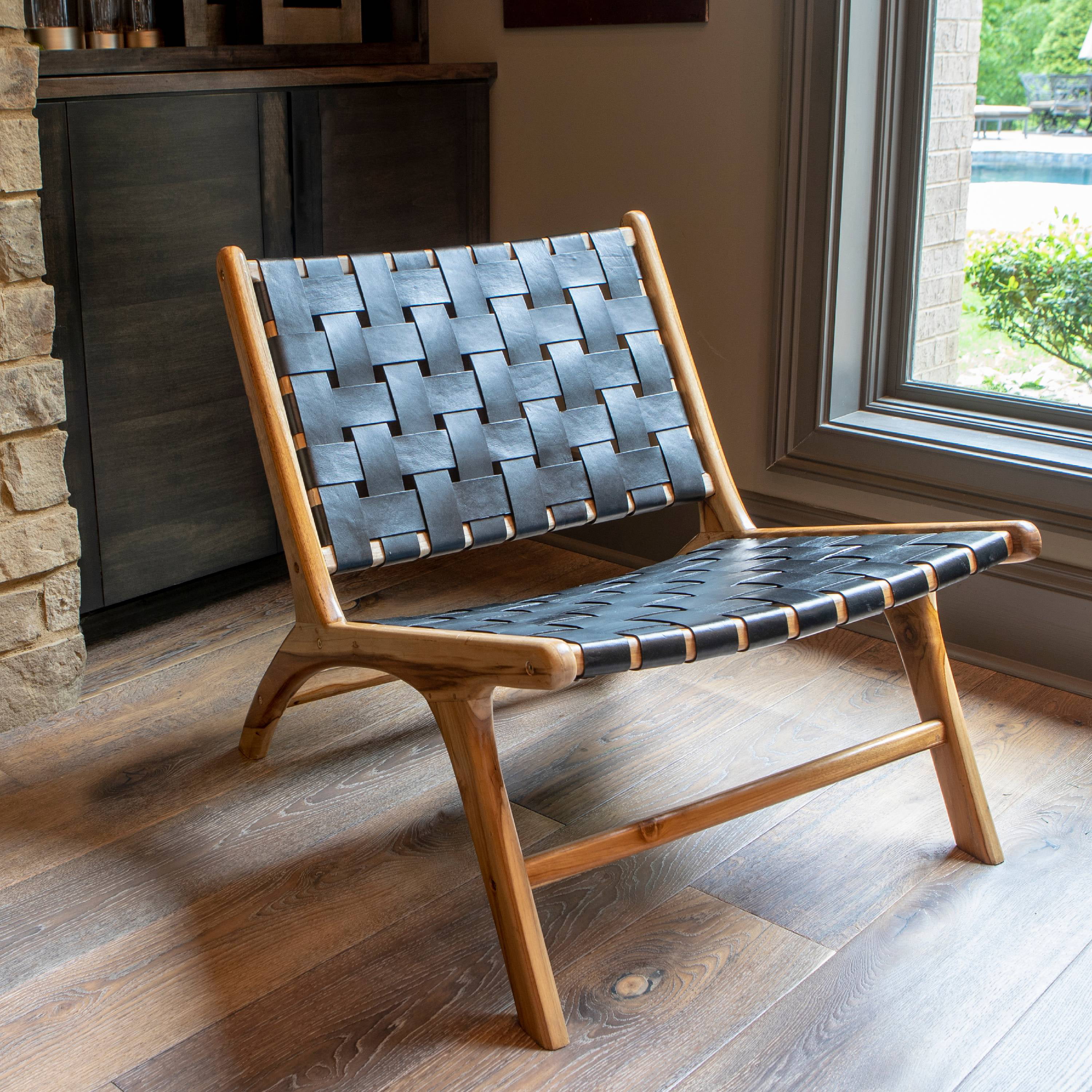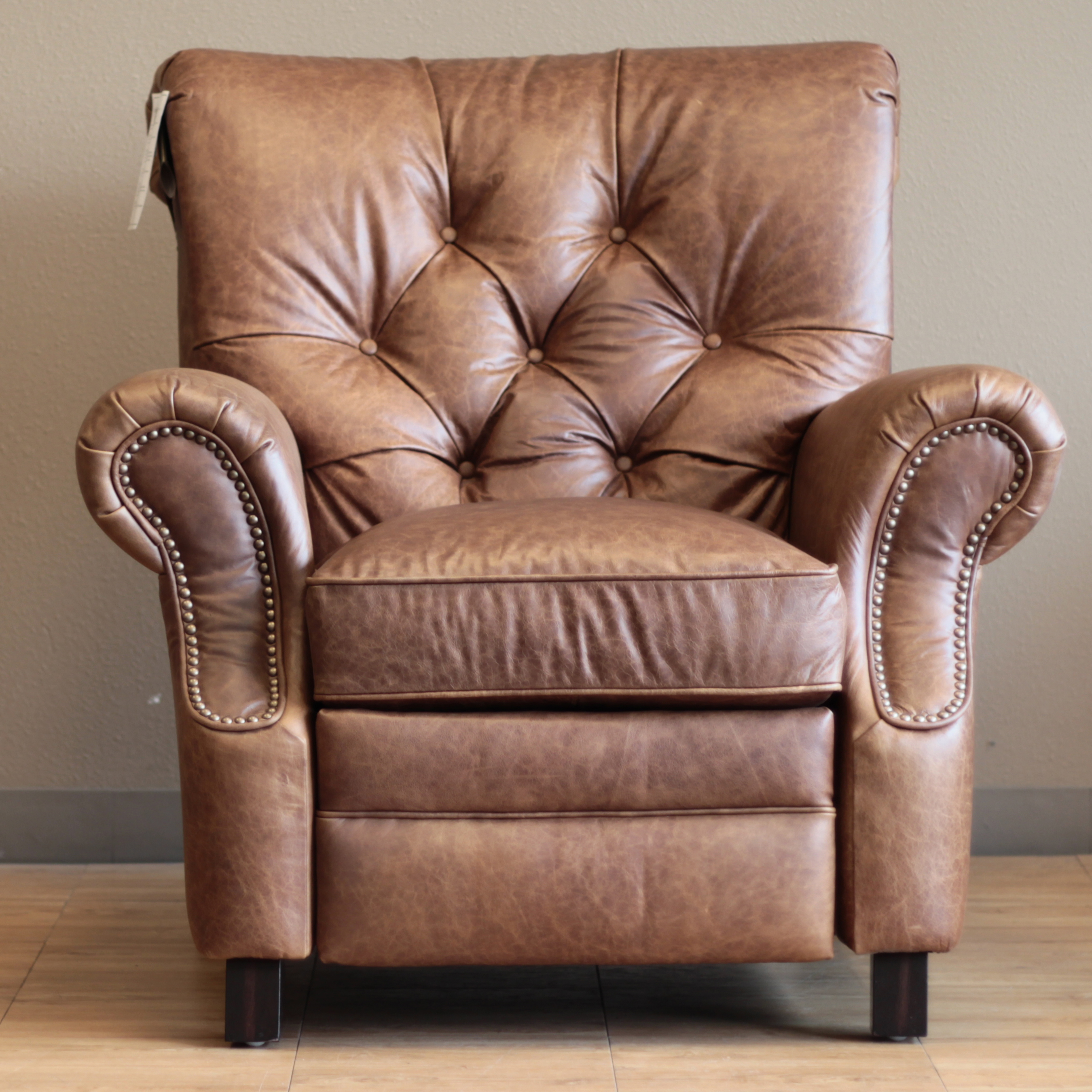History and Evolution of Leather Chairs with Stirrups

Leather chairs with stirrups, also known as “saddle chairs,” have a rich history that spans centuries and cultures. These unique chairs, designed for comfort and practicality, have evolved over time, reflecting changes in societal needs, design aesthetics, and materials.
Origins and Early Development
Leather chairs with stirrups emerged in the early centuries, likely originating in regions where horseback riding was prevalent. These chairs were initially simple in design, with a basic frame constructed from wood or metal and a leather seat supported by stirrups. The stirrups, often made from wood or metal, provided stability and allowed riders to maintain their balance while seated. Early examples of these chairs were found in various cultures, including those in the Middle East, Asia, and Europe.
Medieval Period and the Rise of Equestrian Culture
The medieval period witnessed a surge in equestrian culture, and leather chairs with stirrups gained popularity among nobles and warriors. These chairs were often elaborately decorated with intricate carvings, metalwork, and leatherwork, reflecting the wealth and status of their owners. The use of leather in these chairs was essential, providing durability, comfort, and a sense of luxury.
Renaissance and Baroque Era: Embracing Comfort and Elegance
During the Renaissance and Baroque periods, leather chairs with stirrups underwent significant stylistic transformations. Designers began incorporating more elaborate details, such as curved backs, armrests, and decorative stitching. These chairs became symbols of refinement and sophistication, reflecting the growing emphasis on comfort and elegance in the upper classes. The use of leather continued to be prominent, with artisans employing techniques such as embossing, tooling, and dyeing to create intricate patterns and textures.
18th and 19th Centuries: Evolution of Design and Materials
The 18th and 19th centuries saw the development of new materials and manufacturing techniques, influencing the design of leather chairs with stirrups. The introduction of cast iron and steel allowed for lighter and more durable frames. Leather continued to be the primary material for the seats and backs, with advancements in tanning and dyeing techniques enabling a wider range of colors and finishes.
Modern Adaptations and Contemporary Designs
In the 20th and 21st centuries, leather chairs with stirrups have undergone a resurgence in popularity, with designers reinterpreting traditional styles and incorporating contemporary materials and techniques. These chairs are now available in a variety of designs, from minimalist and modern to classic and traditional. The use of leather remains a defining characteristic, with modern versions often featuring high-quality leather and innovative design features.
Design and Functionality of Leather Chairs with Stirrups: Leather Chair With Stirrups

Leather chairs with stirrups are a unique and fascinating type of furniture that combines elements of comfort, style, and practicality. Their distinctive design features and functionality have made them popular among individuals seeking both aesthetic appeal and ergonomic support.
Structural Components and Ergonomic Considerations
The design of leather chairs with stirrups is characterized by a combination of structural components that contribute to their overall functionality and user experience. The primary components include the seat, the backrest, the stirrups, and the frame.
The seat is typically crafted from high-quality leather and is designed to provide a comfortable and supportive seating surface. The backrest is often adjustable, allowing users to customize their seating position to suit their preferences. The stirrups are the defining feature of these chairs, and they are typically positioned at the base of the seat, providing a platform for the user’s feet to rest. The frame is typically made from sturdy wood or metal, providing a robust foundation for the chair.
Ergonomic considerations play a crucial role in the design of leather chairs with stirrups. The stirrups are designed to promote proper posture by supporting the feet and legs, reducing strain on the back and promoting blood circulation. The adjustable backrest allows users to achieve a comfortable and supportive seating position, reducing the risk of back pain and fatigue.
Purpose and Functionality of Stirrups
The stirrups are the defining feature of leather chairs with stirrups, and they serve several important purposes. They provide a platform for the user’s feet to rest, promoting proper posture and reducing strain on the back. The stirrups also help to improve stability and balance, making the chair more secure and comfortable to sit in.
The presence of stirrups allows for a more upright and relaxed seating position, reducing the pressure on the spine and promoting blood circulation. This can be particularly beneficial for individuals who spend long hours sitting, such as office workers or students.
Types of Leather Chairs with Stirrups
Leather chairs with stirrups come in a variety of styles and designs, each with its own specific features and intended uses. Some common types include:
- Classic Leather Chairs with Stirrups: These chairs typically feature a traditional design with a high backrest, a deep seat, and elegantly curved stirrups. They are often used in formal settings, such as libraries or offices.
- Modern Leather Chairs with Stirrups: These chairs are characterized by their minimalist design and sleek lines. They often feature a low backrest, a slim seat, and simple stirrups. They are often used in contemporary settings, such as living rooms or home offices.
- Reclining Leather Chairs with Stirrups: These chairs offer the added functionality of a reclining mechanism, allowing users to adjust the backrest and footrest to achieve a comfortable and relaxed position. They are often used in home theaters or bedrooms.
Contemporary Applications and Cultural Significance

Leather chairs with stirrups, once primarily associated with equestrian pursuits, have transcended their traditional function and found contemporary applications across various settings, reflecting a confluence of tradition, craftsmanship, and modern aesthetics.
Contemporary Uses in Diverse Settings
Leather chairs with stirrups have found a place in modern homes, offices, and public spaces, often serving as statement pieces that evoke a sense of history and sophistication.
- Homes: In contemporary homes, these chairs can be incorporated into living rooms, libraries, or even bedrooms, adding a touch of vintage charm and functionality. Their unique design can serve as a conversation starter and a testament to the homeowner’s appreciation for timeless craftsmanship.
- Offices: In office settings, leather chairs with stirrups can be used as executive chairs, exuding an aura of authority and prestige. Their ergonomic design, with the stirrups providing support for the legs, can also enhance comfort during long work hours.
- Public Spaces: These chairs can be found in hotels, restaurants, and art galleries, adding a touch of elegance and history to the environment. Their distinctive design can serve as a focal point and create a unique ambiance.
Cultural Significance and Symbolism
Leather chairs with stirrups hold cultural significance, representing a blend of tradition, craftsmanship, and luxury.
- Tradition: Their roots in equestrian culture connect them to a rich history of horsemanship and craftsmanship. The use of high-quality leather and intricate stitching reflects a dedication to traditional methods and materials.
- Craftsmanship: The meticulous craftsmanship involved in creating these chairs is a testament to the skill and artistry of leatherworkers. The attention to detail and the use of traditional techniques contribute to their enduring appeal.
- Luxury: Leather chairs with stirrups are often associated with luxury and exclusivity. Their high quality materials, intricate design, and historical significance make them a symbol of refinement and good taste.
Innovation and Adaptation in Design, Leather chair with stirrups
While maintaining their traditional essence, leather chairs with stirrups are also undergoing innovation and adaptation in design.
- Modern Materials: Contemporary designers are experimenting with new materials, such as recycled leather or sustainable alternatives, while still preserving the chair’s iconic silhouette.
- Ergonomic Enhancements: Innovations in ergonomics are being incorporated into the design, resulting in chairs that provide even greater comfort and support.
- Contemporary Aesthetics: The classic design is being reinterpreted with modern aesthetics, incorporating bold colors, unique patterns, and innovative finishes.
The leather chair with stirrups evokes a sense of adventure and exploration, a testament to the spirit of the pioneer. While its design might be steeped in the past, the modern office demands a different kind of comfort. The Harwick Premium Leather Drafting Chair with Arms embodies this evolution, offering luxurious support and ergonomic design.
Much like the stirrups provided a secure connection to the horse, this chair allows you to ride the waves of creativity, conquering the challenges of the modern workplace with grace and ease.
A leather chair with stirrups evokes images of a bygone era, a time when comfort was intertwined with practicality. While it might seem like a relic of the past, the essence of its design lives on in the modern tan leather chair with ottoman , a timeless piece that embodies both relaxation and sophistication.
Just as the stirrups once offered a secure perch, the ottoman provides a resting place for weary feet, a reminder that even in the midst of our busy lives, moments of tranquility are essential.